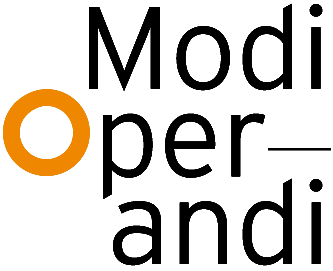THE SENSOR IN THE CRITICAL ZONE
Now that we have defined Earth Magnitude as a hyperobject filled with anthropogenic human activity in its atmosphere and geological-time seismic activity within the earth, made visible through the sensor, we can look at where these two intersect: the Critical Zone. As theorized by Bruno Latour, ‘the critical zone is a thin layer of several kilometers thick above and below the surface of our planet in which human activity has a significant impact on earth’s geology and ecosystems’.[13] Lying at the interface of geological time and the Anthropocene, at the intersection of earth and atmosphere, the critical zone is a complex entity where multiple scientific disciplines such as geology, hydrology, climatology, and ecology come together.[13] According to Latour, if we were to look at earth magnitude purely through the notion of the globe, it obliges you to squeeze the atmosphere, the earth and it’s critical zone into nothing. The notion of the critical zone encourages us to see the earth from within, free our imagination from the blue marble as shot from outer space and break down the cartographical view of our planet.[13] It is through the notion of the sensor that we can see things from within and generate an insight in the entities at earth magnitude.
It is in the critical zone that these sensors constitute a specific spatial reality. Even though the sensor reveals immaterial conditions to the human, the sensor in itself is a very physical object, with sophisticated forms and precise territorialization. In order for a sensor to operate properly, it requires a specific environment, an infrastructure, electrical power, a data transmitter and perhaps protection from the weather. All these technical conditions generate a very specific architectural manifestation. In order to gain an understanding of these architectural manifestations, we will examine two sensors of the Kazakh IMS; the seismometer and the infrasound monitoring station.
As previously discussed, a seismometer (figure 4) is a sensor that is connected to solid rock and is installed hundreds of meters deep in the earth’s skin through a borehole. However, the data from the seismometer needs to be brought up to a computer processor. This equipment is very sensible, so it has to be protected from the weather and the public. This protection is offered by an archetypical equipment vault, an architectural manifestation defined by technical requirements and framed by fences in a desolate territory. From here, the data is transmitted to a recording facility by an antenna. The infrasound station (figure 5) contains multiple micro-barometers which are connected to a spider-like steel pipe structure that reduces surrounding noise and amplifies the sound signal. This structure is elevated from the terrain to reduce the interference of surrounding vibrations. The spatial composition of the array allows for accurate source location. Next to this specific spatial structure, an archetypical equipment vault protects the data transmitter.
As mentioned earlier, our contemporary world is filled with sensors and isn’t just limited to the sensors of the IMS. All these sensors with their specific architectural infrastructure and precise relations to their territory introduce the idea of the territory as a sensing device, spatialized in the critical zone.
